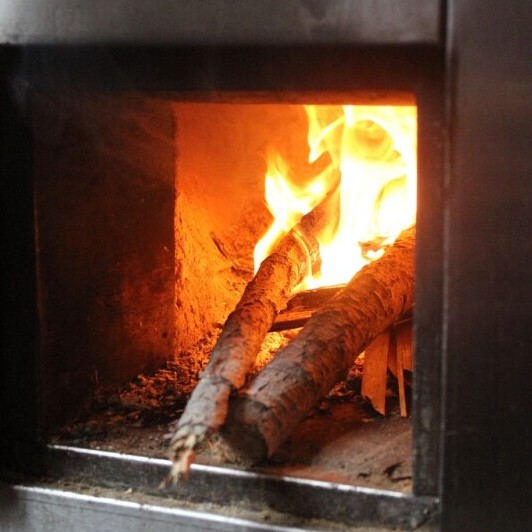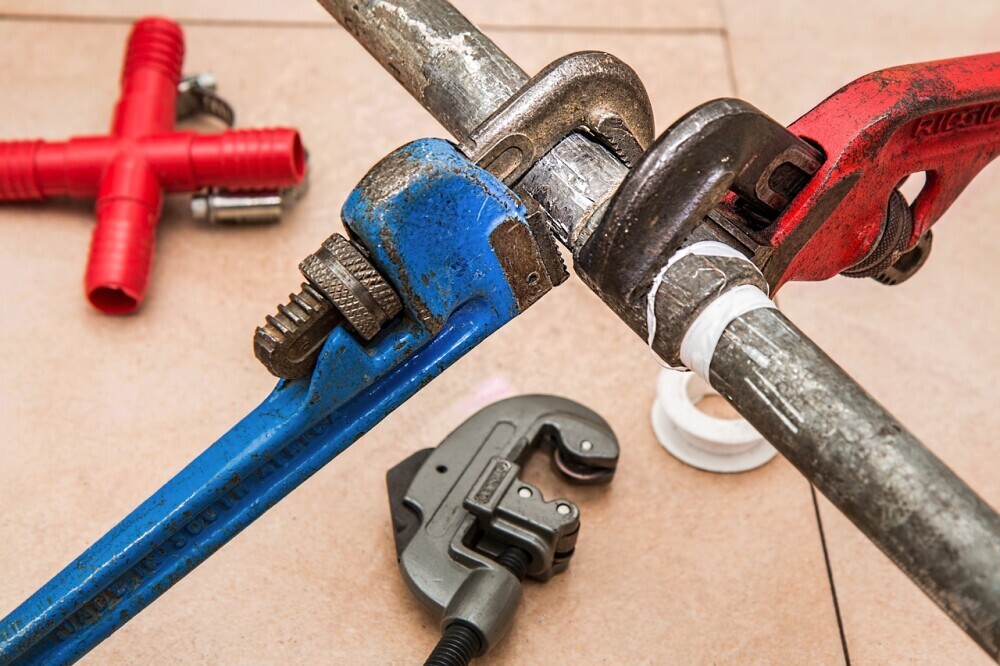
Minnesota winters are nothing short of legendary, packing a punch with freezing temperatures and heaps of snow. I’ve lived through these and can tell you it’s not just about the chill; it’s about how relentless that cold can be. These conditions mean homes need a furnace that doesn’t just keep us warm but stands up to the wear and tear of such extremes.
The cold season here usually stretches from November to March, with temperatures often dipping below zero. It’s a time when the humidity plummets, and the wind chill makes it feel even colder. The consequence? Your heating system has to work overtime just to keep things comfortable.
Having a reliable, efficient furnace isn’t just nice to have; it’s a necessity. The right furnace will not only keep your home warm and cozy but protect your plumbing from freeze damage and ensure overall safety. A warm home is also a haven—your retreat from the biting cold outside, making it all the more crucial to choose the right heating system.
Understanding these unique climate needs is the first step in choosing the perfect furnace. Whether it’s highs in the single digits or the inevitability of those snowy, blustery days, knowing how your furnace will perform under pressure is key to maintaining comfort. The following sections will delve into the practical aspects you need to consider to make the best choice.
Key Features to Consider When Choosing a Furnace

When selecting a furnace that can handle Minnesota winters, energy efficiency should be at the top of the list. The efficiency of a furnace is measured by its Annual Fuel Utilization Efficiency (AFUE) rating. This number tells you how much fuel is converted into heat. A higher rating means better efficiency, which is crucial when temperatures plummet and your furnace runs constantly.
Safety can’t be overlooked either. Modern furnaces come with features like carbon monoxide detectors, flame sensors, and sealed combustion chambers. These elements are vital for ensuring your home remains a safe environment, especially when the furnace is in near-constant use during those harsh months.
Now, size and design are more than just about finding a unit that fits your home’s aesthetics. A furnace that’s too big or too small for your space can lead to inefficiencies and higher energy costs. It’s important to choose a design that suits both the size of your home and the specific layout to maximize its performance and placement efficiently.
Don’t forget about smart home compatibility. Many newer furnace models can integrate with smart thermostats, allowing for remote control and better energy management through apps. This feature doesn’t just provide convenience; it helps in maintaining optimal temperatures without wasting energy.
These are the critical features to weigh, balancing the immediate need to tackle the cold with considerations for safety, efficiency, and even long-term savings.
Top Furnaces for Minnesota Winters: Expert Recommendations

Choosing the right furnace can feel like navigating a maze with countless options and vague promises. To make life easier, I’ve zeroed in on the top furnace brands that stand out in Minnesota’s challenging climate. Among the frontrunners, Trane, Lennox, and Carrier rise to the top for good reasons.
Trane furnaces are often praised for their durability. When you’re facing long, icy winters, knowing that your furnace won’t quit on you is a huge relief. These units are built to last, with features that prevent breakdowns and extend their lifespan in harsh conditions.
Lennox, on the other hand, offers some of the most energy-efficient models around. This can mean significant savings on your energy bills during those months when your furnace is running almost non-stop. Many of their models come with innovative features like variable speed motors that adjust heating levels automatically, enhancing comfort and efficiency.
Carrier has a reputation for providing solid performance at a reasonable cost. Their models strike a balance between affordability and dependability without skimping on essential safety and efficiency features. Plus, they often come with user-friendly digital controls that simplify managing your home’s climate.
Many homeowners in Minnesota swear by these brands, not just because they’re market leaders but because their furnaces have proven resilient in the face of severe weather. Personal experiences and user testimonials frequently highlight the substantial improvements in home comfort once these systems replace older, less effective units.
Deciding among these options depends on your specific needs—be it budget constraints, efficiency demands, or design preferences. Whatever your priorities, these recommendations give you a solid starting point in your quest for a reliable winter furnace.
Installation and Maintenance: Ensuring Longevity and Optimal Performance

Finding a trusted installation service is crucial once you’ve picked a furnace. In Minnesota, where the climate tests every component of your heating system, proper installation can mean the difference between reliable warmth and unexpected breakdowns. Seek out professionals with a solid track record and great customer reviews to ensure your system gets off to the right start.
Maintaining your furnace requires more than just changing filters once in a while. Routine checks can help sustain efficiency and spot potential issues before they become major problems. Engage in regular maintenance schedules, including annual inspections, which can keep the system running smoothly and extend its life span.
Watch for signs that might indicate trouble. If your furnace is frequently cycling on and off, making unusual noises, or not heating your home evenly, these could be indicators it’s time for a thorough check or even replacement. Ignoring these signs can lead to more severe damage later on, underscoring the importance of staying vigilant.
Having a professional inspect your system before the cold season hits is a good practice. They can make adjustments or repairs while the weather is still mild, reducing the risk of interruption during the peak winter months. This proactive approach to maintenance ensures that you’re not left out in the cold when the temperature really drops.
Financial Considerations: Balancing Cost and Performance

Investing in a furnace isn’t just about braving the cold; it’s also about making smart financial decisions. The initial cost of a new heating system can cause sticker shock, but it’s essential to weigh this against potential savings on utility bills, especially in brutal Minnesota winters where efficiency pays off over time.
Consider the rebates and tax incentives that come with high-efficiency models. Programs are often available through local utilities or state initiatives, which can substantially reduce your net cost. Checking these options can be worthwhile, as they offer significant financial relief.
Various financing plans are available that make it easier to afford top-rated models without a large upfront payment. Different options, like monthly installments or interest-free periods, can help you get the furnace you need without breaking the bank.
Beyond the initial purchase and installation, understand the ongoing costs associated with your new furnace. Regular maintenance, potential repairs, and parts replacements are all part of the equation. Choosing a model known for reliability can minimize these unforeseen expenses and keep your budget intact.
Balancing immediate costs with long-term performance and potential savings can make a huge difference. A smart decision now ensures comfort and financial stability throughout many harsh winters.